8 Things You Probably Don’t Know About Visiting Brittany
Some regions in France have been written about endlessly. Brittany isn’t one of them. It’s a place where visitors are often surprised – by the weather, the food, the roads, and the rhythm of daily life.
Here’s a real-world look at what to expect, especially if it’s your first time.
1. Getting Around Without a Car Is a Hassle
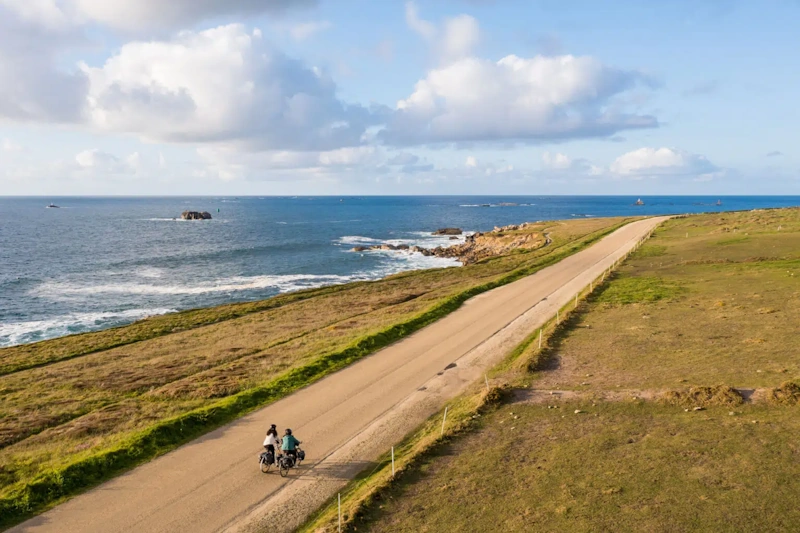
Trains run between major cities like Rennes, Brest, Quimper, Vannes, and Saint-Brieuc. If you’re only visiting those, you’ll be fine.
But the minute you try to reach places like Pointe du Raz, Locronan, Crozon Peninsula, or the Pink Granite Coast, public transport falls apart. Buses are infrequent, especially outside summer, and don’t always connect well.
Even with a car, some roads shrink to one lane bordered by stone walls or thick hedges. You’ll sometimes have to reverse just to let someone pass. It’s doable but it’s slow, rural driving, not a highway cruise.
2. Don’t Count on English
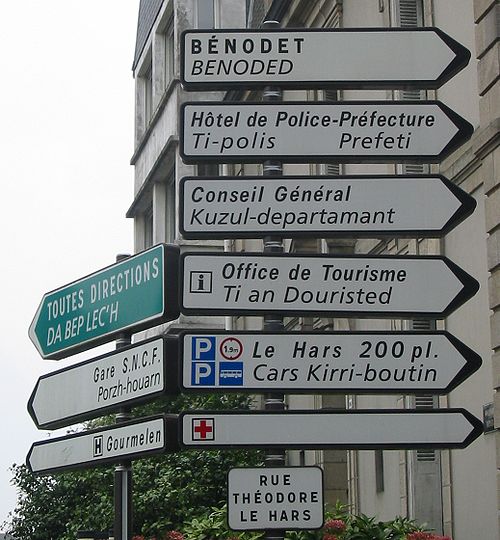
In touristy areas like Saint-Malo or Carnac, you’ll get by in English. But outside the hotspots, it’s a different story. Small-town cafés, bakeries, and markets often operate entirely in French.
You’ll spot another language too: Breton. It’s on signs, menus, and sometimes spoken by older locals or kids in bilingual schools. The language revival is real here, and there’s pride behind it.
If you show interest or try a few words, people usually warm up fast. Just don’t expect English as a default. It’s not Paris.
3. Crêpes and Galettes Are Strictly Separate
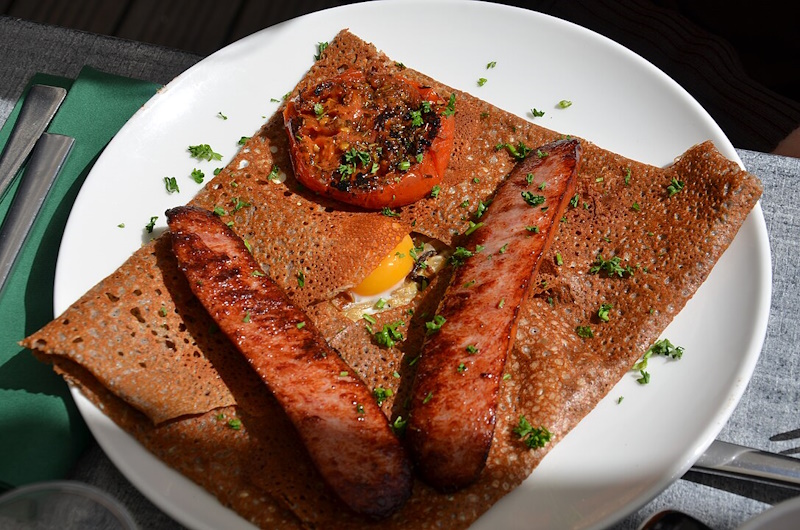
In Brittany, words matter. A crêpe is thin, made with white flour, and usually filled with sweet things – jam, sugar, chocolate, or fruit.
A galette is savory, made with buckwheat flour, and has fillings like ham, egg, cheese, or sausage.
Locals don’t mix them up, and you shouldn’t either. The batter, the cooking style, even the pan used is different. Some menus won’t even mention the word “crêpe” under savory options. It’ll just say galette, and that’s your cue.
4. The Beaches Are Wild and Nearly Empty
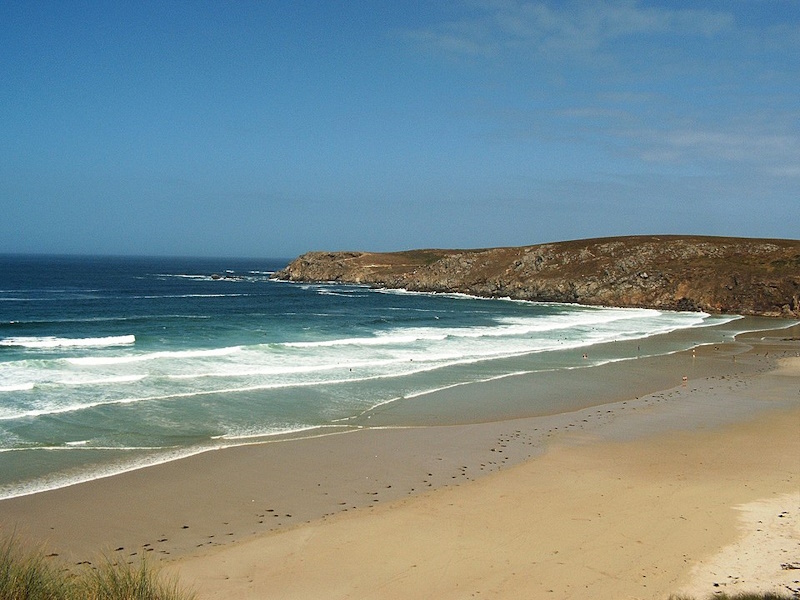
You’ll find wide sandy bays, hidden coves, and cliffs that drop straight into turquoise water, all without the Côte d’Azur crowds. Even in July, some stretches are so quiet you’ll have them to yourself.
The downside? The sea is cold, even in summer. And amenities are minimal. Don’t count on beach bars, lifeguards, or even restrooms. That’s part of the appeal. It’s raw, clean nature. Bring what you need and check the tide charts before you go.
5. Tides Can Block Roads and Swallow Islands
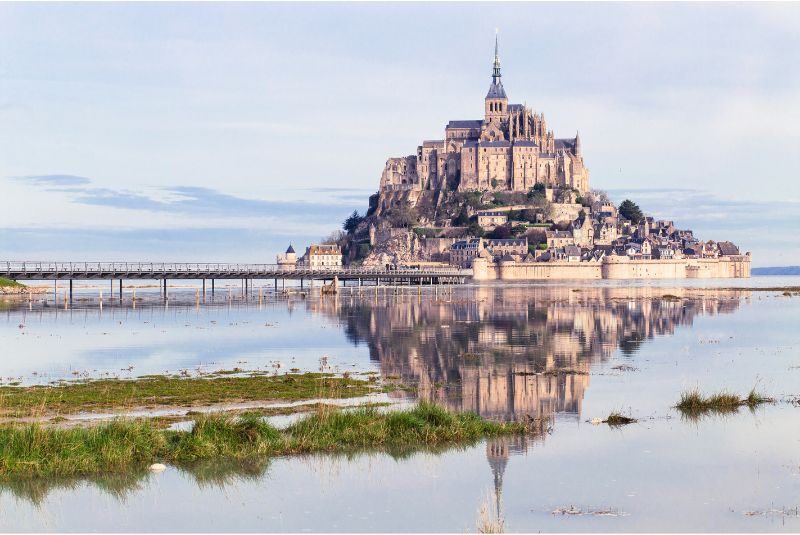
Brittany has some of the strongest tides in Europe. In places like Mont-Saint-Michel (on the border with Normandy), you’ll see signs warning drivers not to park too close because the road disappears under water at high tide.
Coastal hikes can become dead ends, causeways can vanish, and beach walks can get cut off fast. Locals check tide schedules like the weather.
You should too, especially if you plan to hike or visit any of the small islands.
6. Summer Festivals Happen in the Smallest Towns

It doesn’t matter how small the village is: if you visit in July or August, you’re likely to see tents, costumes, or even traditional dancing.
Brittany’s summer calendar is packed with events: folk music, Pardons (Breton religious gatherings), food fairs, and fest-noz dance nights. Some are listed online, others are only advertised locally.
Keep an eye out for posters in town squares or bakeries. These events are where locals show up in full force – not for tourists, but for themselves.
7. Rain Rarely Cancels Plans in Brittany
Weather in Brittany shifts fast. You can get sunshine, drizzle, wind, and fog all in the same afternoon.
But unlike other parts of France, people here don’t wait for clear skies to do things. Markets stay open in the rain. Hikers hit the trail with rainjackets. Outdoor concerts go on with wet instruments and dancing feet.
If you’re used to delaying plans for good weather, you’ll either adapt or stay indoors more than you’d like.
8. Salted Butter Is Served with Everything
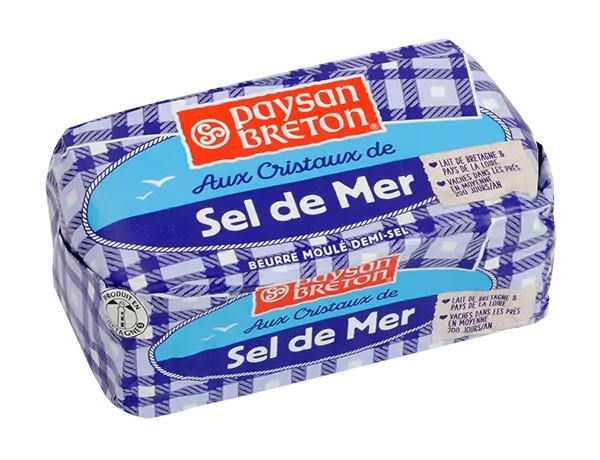
If there’s one flavor that defines Brittany, it’s salted butter. Not the smooth, even kind, but the grainy kind with real sea salt crystals.
It’s in kouign-amann (a dense caramelized pastry), slathered on bread, melted over fish, and baked into shortbread cookies (sablés).
Many local brands use milk from Breton cows and salt from Guérande or the Île de Ré. You’ll also find “beurre aux algues” – butter mixed with seaweed – in some restaurants and markets.
9. Most Restaurants Close Earlier Than You’d Expect
In many towns, kitchens close by 8:30 or 9 PM. This isn’t Paris. Some places stop seating even earlier if it’s a quiet night.
Arriving late often means finding everything closed, especially in villages. Lunch hours are also precise: usually 12:00 to 2:00.
Outside of that, your best bet might be a bar tabac with a sandwich counter or a crêperie if it’s still open. Plan ahead if you’re used to eating late.
10. Cider Is the Drink of Choice with Meals
In Brittany, wine takes a backseat to cider, especially with galettes. You’ll often be served it in a small ceramic cup, not a glass.
Breton cider is less sweet than many commercial ciders – it can be quite dry. There’s also “cidre brut” (dry), “doux” (sweet), and “fermier” (farmhouse-style).
Most restaurants offer local options from nearby farms, and some even have homemade versions.
If you see chouchen on the menu, that’s a local mead made from fermented honey – stronger and sweeter than cider, usually served as a digestif.
